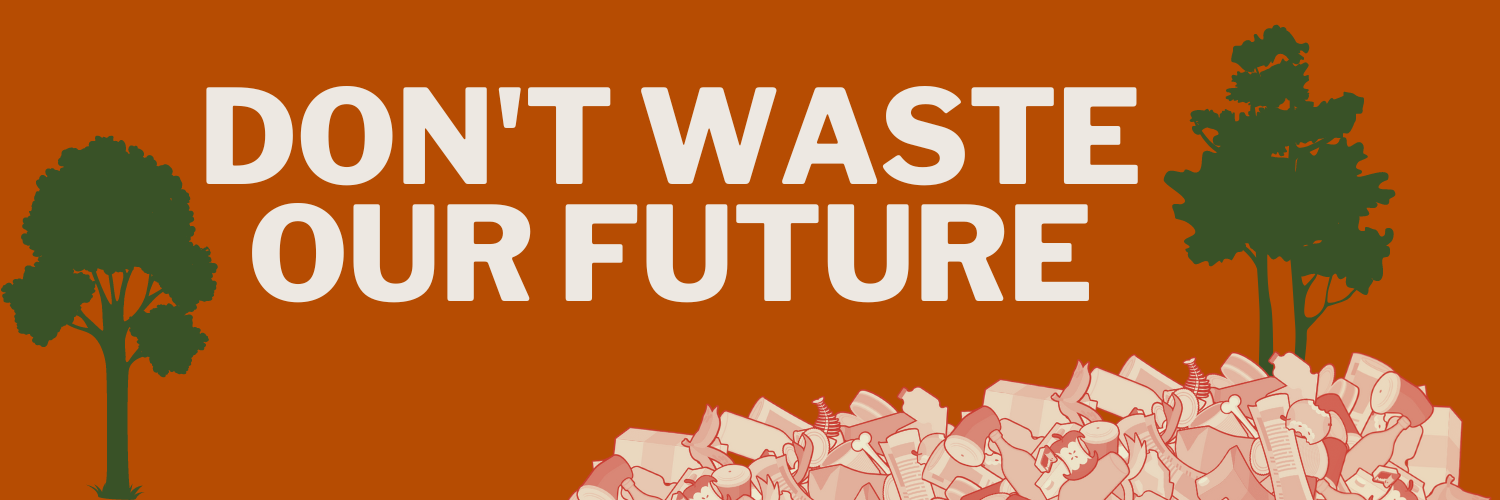how minimizing methane emissions helps reduce other harmful air toxics at landfills
Strengthening federal landfill air standards now would bring us closer to realizing the Biden Administration’s commitment to environmental justice and its Justice40 commitments. Landfills all across the U.S. are causing massive amounts of global warming through potent methane emissions, while also impacting the health and happiness of nearby communities. Beyond methane, landfill gas contains hazardous air pollutants (vinyl chloride, benzene, toluene), precursors to ozone and particulate matter, odor nuisance compounds, and other dangerous gasses that can impact air quality, human health, and quality of life. Communities near landfills bear the brunt of their environmental impacts, including air and water pollution, truck traffic, and groundwater contamination.
Who is impacted, by the numbers:
54 percent of landfills reporting to the Greenhouse Gas Reporting Program have communities within one mile of the landfill that exceed the national average for either percent people of color (40 percent) or percent low-income (30 percent), according to EPA’s Environmental Justice Screening and Mapping Tool (EJScreen).
In the U.S., about 3.2 million people live within 1 mile of a landfill. Of that, 1.5 million — or 46 percent — are Black, Indigenous or a Person of Color (BIPOC).
Fortunately, stronger standards to control landfill methane emissions through stricter gas collection and cover requirements would also help address odor and air toxins. The EPA’s Landfill Methane Outreach Program states that “many of the technologies and practices that reduce methane emissions also reduce associated emissions of volatile organic compounds (VOCs), odors and other local air pollutants.” Biocovers have been shown to help mitigate methane, VOCs, and odor emissions simultaneously. And, a study of methane super-emitters in California found that future methane emission reduction policies to slow climate change can also address exposure disparities to the types of health-harming co-pollutants listed above. This could be done by prioritizing and incentivizing deeper methane emission reductions in environmental justice communities.
The most effective long-term solution to landfill methane emissions is to not burn or bury the waste in the first place. And, not surprisingly, strategies to prevent and divert organic waste also help reduce landfill odors, minimize leachate generation and associated groundwater pollution, and prevent landfill expansions that would exacerbate harms. In a 2022 report, the EPA found the benefits of less organic waste in landfills include lower emissions of methane and non methane organic compounds and reductions in odor and leachate generation. Since organic waste accounts for a large portion of the municipal solid waste stream, the potential for realizing these benefits is significant. To quote the report, in part:
“Because organic waste has such a high moisture content, reducing its amount in landfills also reduces the amount of leachate generated. This in turn lowers the operational costs to manage leachate, which can account for up to 30 percent of a landfill’s operational expenses in areas with temperate climates. Reducing leachate generation also lowers any potential environmental harm caused by accidental releases of leachate, which typically contains very high concentrations of dissolved organic matter and inorganic macro components—often by a factor of 1,000 to 5,000 times higher than concentrations found in ground water.”
Data like this only emphasizes that the solutions to unchecked methane emissions are two-pronged: we need the EPA to open a rulemaking process to better control landfill emissions. We also need to eliminate food waste and divert organic waste from landfills and create good, safe jobs and economic benefits for the community. Both are well within our reach — but require attention and political will from those with the power to make them a reality. As we enter 2024, advocating for these common-sense solutions remains our top priority. The health and well-being of communities simply cannot wait.
